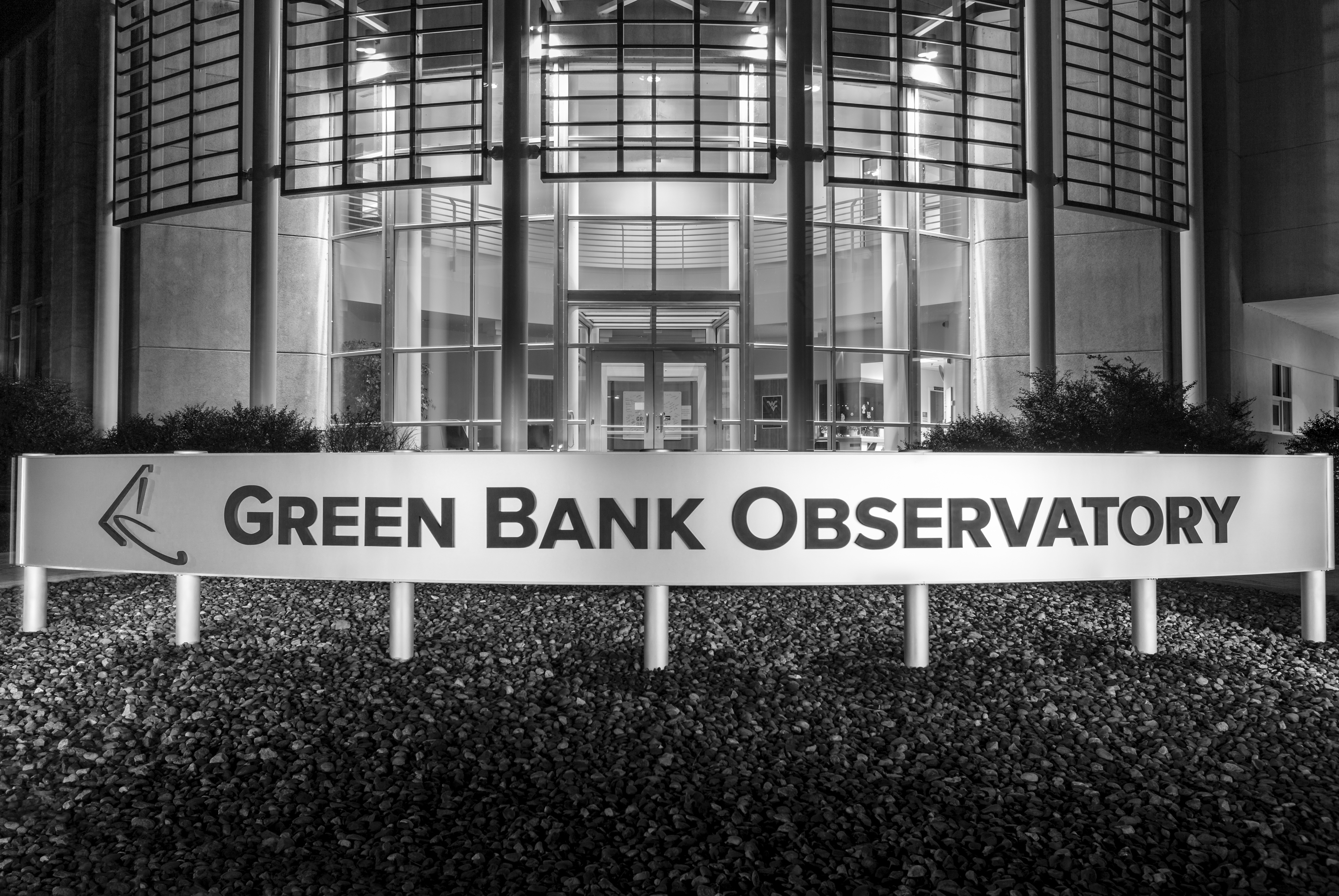In 1954 a meeting was held in Washington, DC to discuss the possibility of establishing a new national center for radio astronomy within the United States, and by 1956 Associated Universities, Inc (AUI) was contracted by the National Science Foundation to begin the construction of the new National Radio Astronomy Observatory in Green Bank West Virginia. This would be not only the first national astronomy observatory, but also the first national laboratory open to all scientists from around the world.
The impetus for the National Radio Astronomy Observatory was described in AUI’s 1956 proposal, Plan for a Radio Astronomy Observatory:
If the United States is to keep abreast of developments in radio astronomy, our scientists must have at their disposal larger and more powerful research equipment than is now available to them… [T]here are no instruments in this country comparable with the large steerable paraboloid under construction in England, nor with the large interferometer arrays available in Australia and England. The cost of such equipment places it beyond the likely means of a single institution. an observatory available to all qualified scientists is an obvious solution for the problem of inadequate research facilities.
Associated Universities, Inc. (1956). Radio Astronomy in the United States. Planning Document for the Establishment and Operation of a Radio Astronomy Observatory, 1.
https://is.gd/DouGkS
On October 17, 1957 the groundbreaking and dedication of the Green Bank site took place. Within one year the first telescope on site was completed, the 85 ft Tatel Telescope. Over the course of the next 10 years a total of five telescopes were place on site, ranging in size from the 40ft to 300ft in diameter. An additional number of test instruments had also been built, including Little Big Horn, and calibration instrument built down the side of a hill.
Over the past 60 years a number of new telescopes have been built at the site, including the 100-m Robert C. Byrd Green Bank Telescope, a fully steerable telescope which operate from 0.2 GHz through 116 GHz and is the premiere telescope operating across those wavelengths.
The scientific discoveries which have, and are, taking place in Green Bank are too many to number. A few include:
- First unambiguous discovery of a radio recombination line (1965)
- Discovery of compact HII regions (1961)
- Roughly 1/2 of all known moecules that have transitions at centimeter wavelengths (1960-1995)
- First organic polyatomic molecule ever detected in the interstellar medium (1969)
- First long-chain molecule detected (HC3N) (1971)
- First detection of Zeeman splitting (1968)
- First detection of HI absorption by another galaxy (1970)
- First transcontinental observations using VLBI techniques (1968)
- First detection of a pre-biotic molecules in space (2008)
- First detection of a chiral (handed) molecule in space (2016)
- First pulsar discovered in a supernova remnant (1968)
A detailed history of the early years of the site can be found in the book But It Was Fun, The First Forty Years of Radio Astronomy at Green Bank which is available through the Green Bank Science Center.








